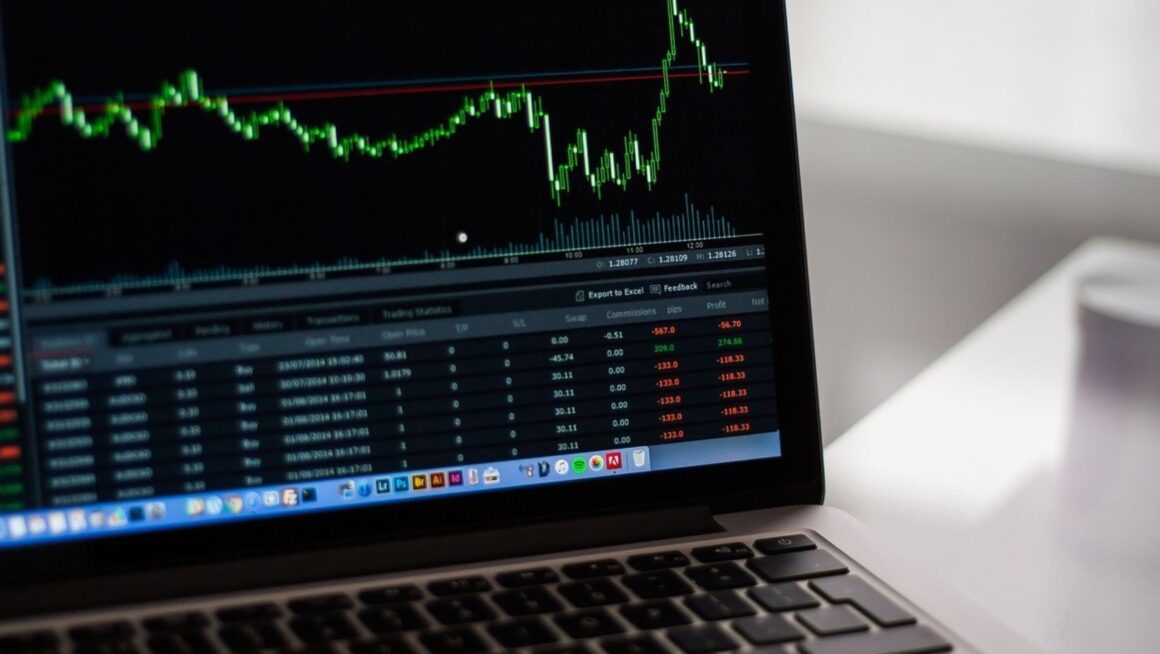Navigating the trading market can be a daunting task for small businesses, especially during periods of high volatility. With fluctuating prices, economic uncertainties, and shifting consumer demands, it’s essential for small business owners to adopt strategies that minimize risk and enhance resilience. This guide aims to provide practical tips and insights to help small businesses make informed decisions and seize opportunities in a challenging market environment.
Table of Contents
ToggleUnderstanding Volatility in the Trading Market
Volatility in the trading market refers to the rapid and unpredictable changes in asset prices over a short period. For small businesses, understanding these fluctuations is crucial to managing their financial exposure and strategic planning. One key concept to grasp is the difference between a long vs short position.

A long position involves buying an asset with the expectation that its value will increase over time, while a short position entails selling an asset you do not currently own, anticipating its price will decline so you can buy it back at a lower cost. These approaches can help small businesses either capitalize on upward trends or mitigate losses during market downturns, making them essential tools in navigating volatility effectively.
Diversify Your Portfolio
Diversification is a fundamental strategy for managing risk in the trading market. By investing in different types of assets, small businesses can minimize their exposure to any single asset class. For example, instead of solely focusing on stock investments, small business owners can also consider diversifying their portfolio with commodities like gold or currencies such as foreign exchange. This approach can help cushion against potential losses from individual assets while providing opportunities for growth and stability.
Stay Informed
Small businesses should stay informed about current events and trends that could impact the trading market. This includes tracking economic news, such as interest rate changes, inflation reports, and employment data, as these can influence consumer spending and market stability. Political developments, like new regulations, trade agreements, or geopolitical tensions, can also significantly affect market conditions and supply chains.
Additionally, understanding shifts in consumer preferences, such as growing interest in sustainable products or digital services, allows businesses to stay competitive and relevant. By closely monitoring these factors, small businesses can make more informed decisions about their trading strategies, adapt quickly to changes, and effectively minimize risk while identifying new opportunities for growth.
Utilize Risk Management Tools
Risk management tools such as stop-loss orders, limit orders, and options contracts play a vital role in helping small businesses navigate the volatility of the trading market. These tools empower business owners to set predefined limits on their trades, ensuring greater control over potential outcomes. For instance, a stop-loss order automatically closes a position if it drops to a specific price, helping to minimize losses in a downturn.
Similarly, limit orders allow traders to buy or sell at a desired price, ensuring they don’t overpay or sell for less than intended. Options contracts can provide flexibility by allowing, but not obligating, the purchase or sale of assets at a predetermined price within a set time frame. Together, these tools create a safety net, enabling businesses to pursue growth opportunities in the market while reducing the risk of substantial financial setbacks.
Seek Professional Assistance
Navigating the trading market can be daunting, especially for small businesses that lack prior experience or specialized expertise in this area. The complexities of market fluctuations, the broad range of investment options, and the challenge of managing risks can make it overwhelming for business owners to make informed decisions.
Seeking professional assistance from financial advisors or investment managers can offer valuable guidance in developing effective trading strategies tailored to align with specific business goals and risk tolerance.

These professionals bring a wealth of knowledge and experience, helping small businesses understand market dynamics and make smart investment choices. They can provide insights into emerging market trends, identify potential risks, and highlight lucrative investment opportunities that may otherwise go unnoticed. With the right professional support, small businesses can better position themselves for long-term financial growth and stability in an ever-changing market environment.
Continuous Learning and Adaptation
In the trading world, market conditions can change rapidly, and what may have worked in the past may not be as effective in the present. Therefore, it is crucial for small businesses to adopt a mindset of continuous learning and adaptation when it comes to trading. This involves staying updated on market trends, exploring new strategies, and being willing to adjust trading plans as needed.
Continuous learning can also involve educating oneself on various trading tools and techniques to make informed decisions. For instance, understanding technical analysis or utilizing algorithmic trading software can provide a competitive edge in the market. Additionally, networking with other traders or attending workshops and seminars can offer valuable insights and tips for improving one’s trading approach.



